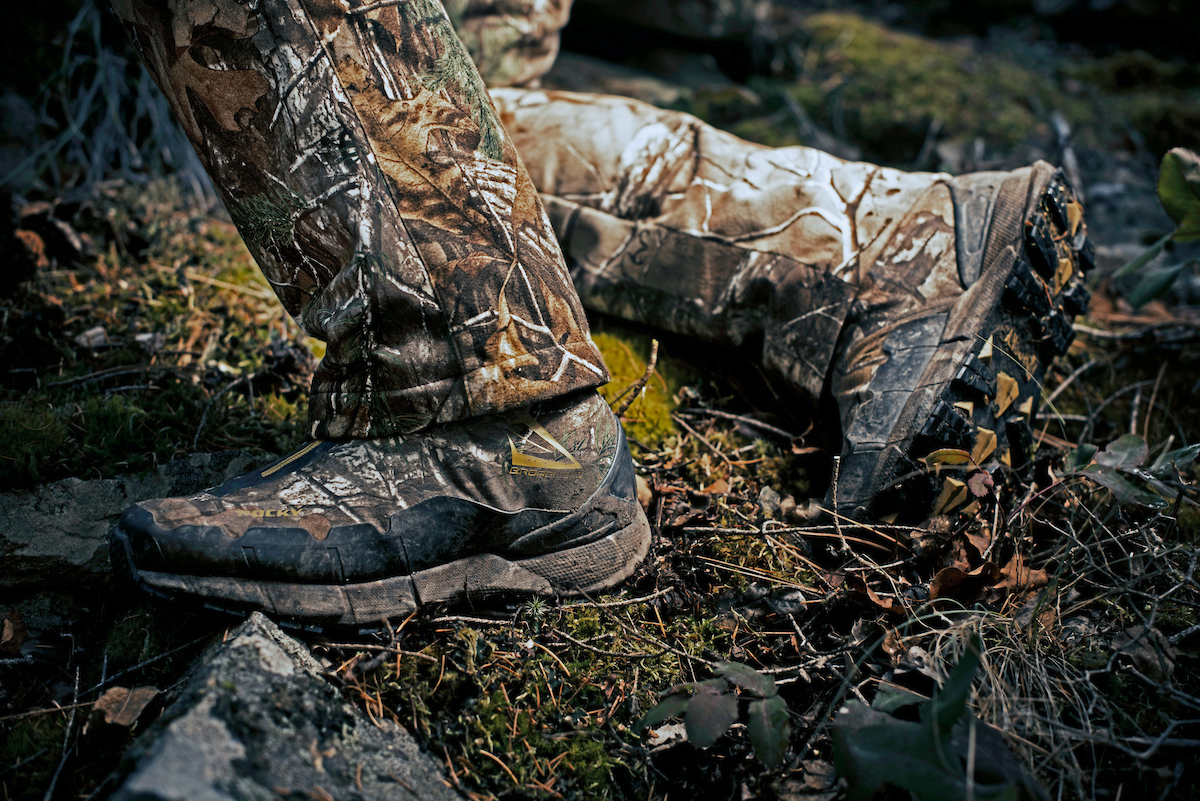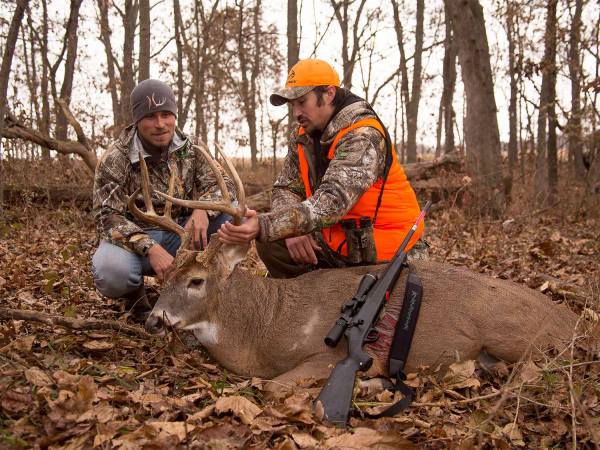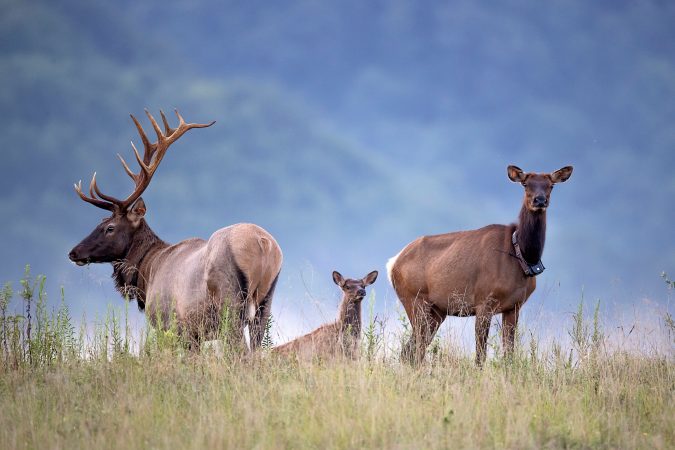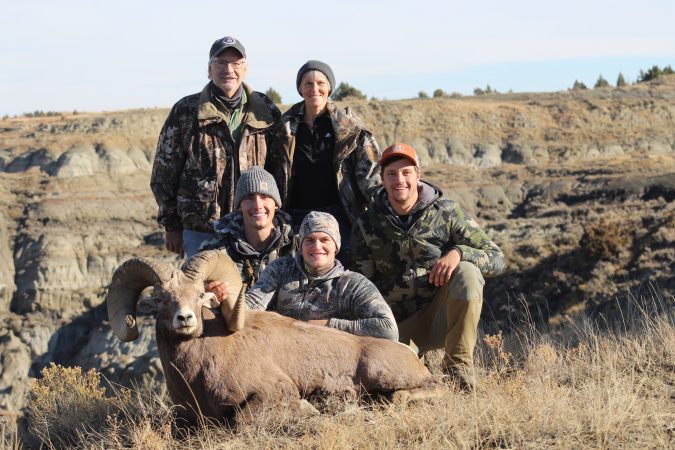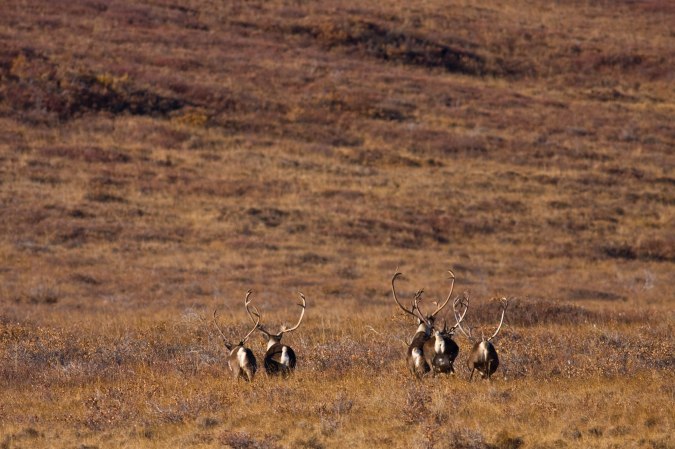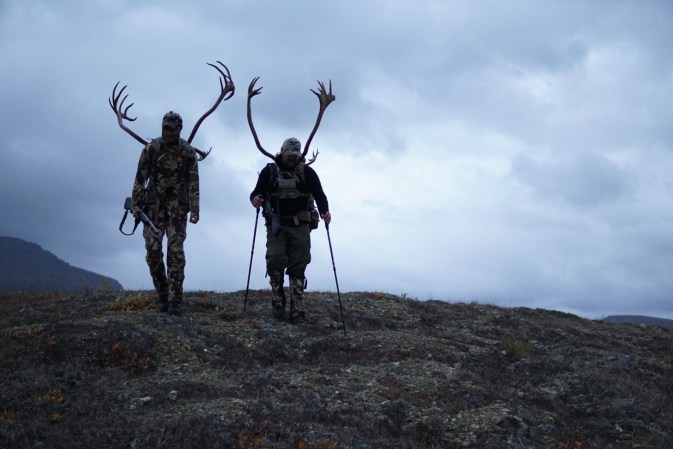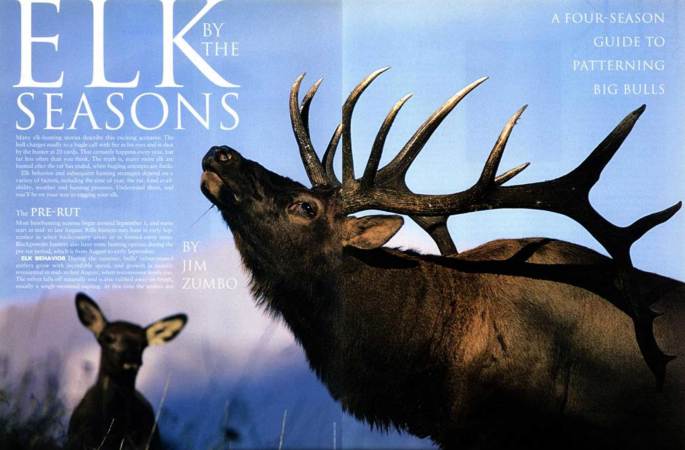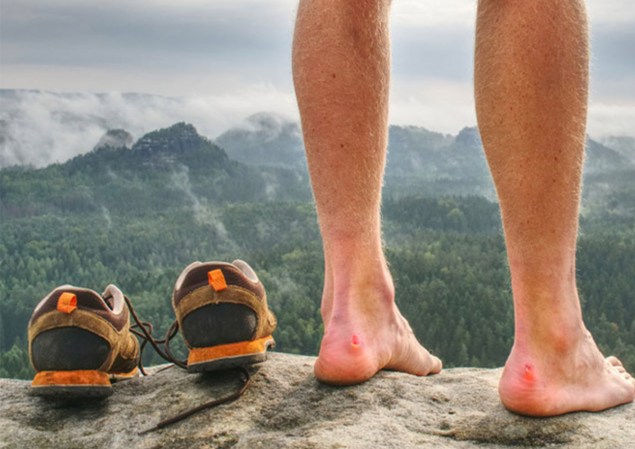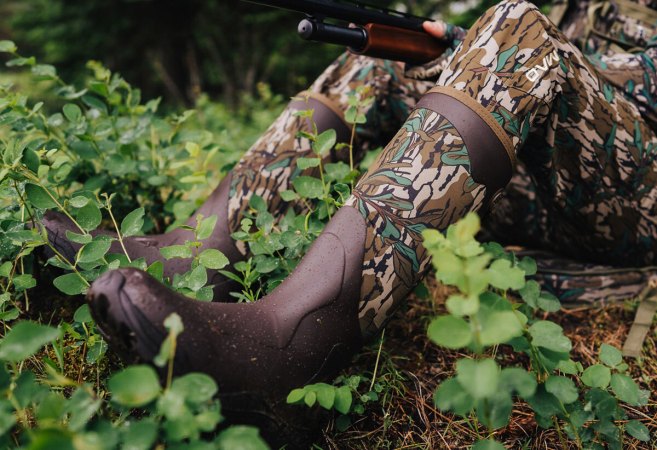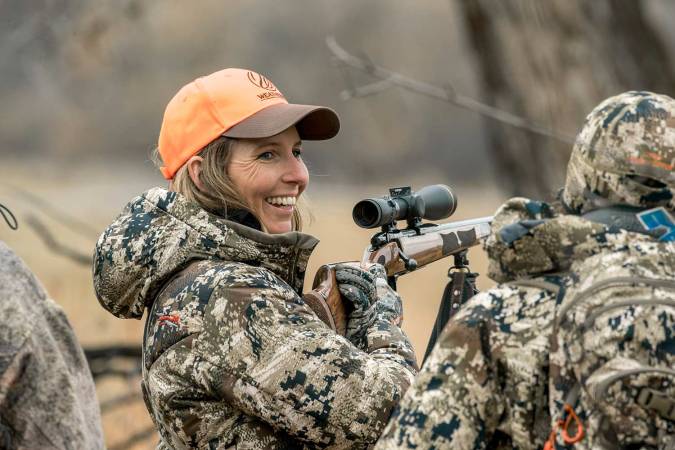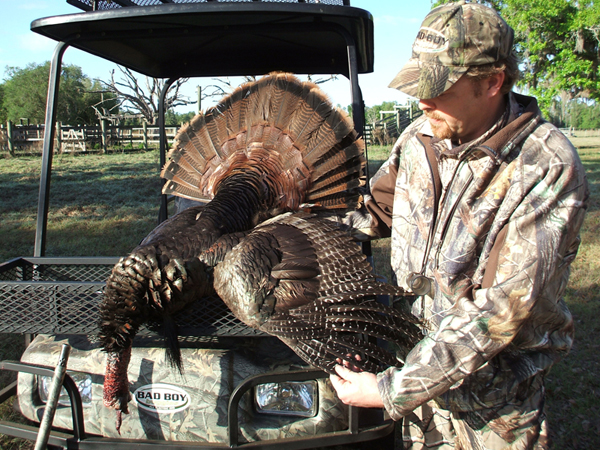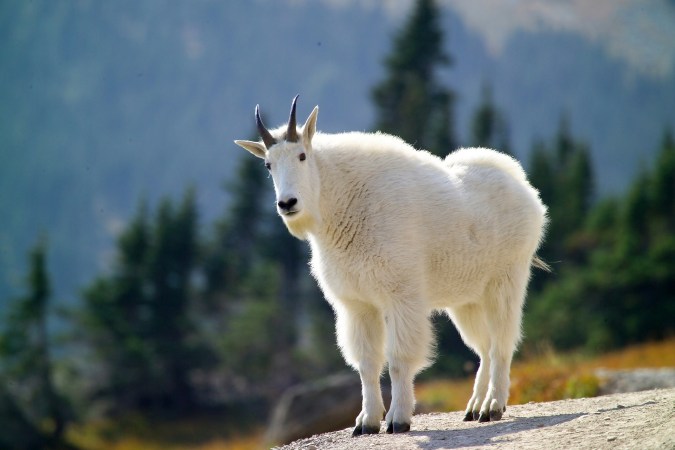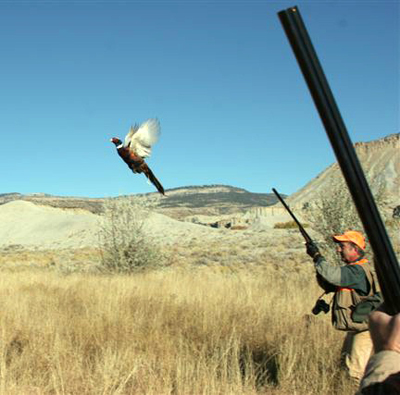Forget about rattlesnakes and grizzly bears. If you’re a public-land hunter putting on miles to get away from the the crowds, here’s what is really going to ruin your day: blisters. Few things shut down your mobility more than a fresh blister. The good news is that blisters are almost entirely avoidable, if you take precautions. Here are the basics:
Buy good boots that fit. Boots that “almost fit” are worst of all, because that little bit of slippage is what creates the friction that grows into a blister. The internet is great, but it is almost always worth it to go to a real boot store and have staff there help fit you into a pair of boots. When try-on boots, wear the same kind of socks you will wear in the field.
Break them in. Few mountain-worthy boots are ready to go straight out of the box. Wear them months before your hunt—walking the dog, doing yardwork, or whatever.
Lace’em snug. You want your boots snug enough not to slip, but not so tight they restrict circulation. Replace bootlaces when they start to stretch, not when they break. Double-knot.
Invest in good socks. Merino wool socks and wool-nylon blends are a modern godsend, providing warmth and managing moisture. Many socks marketed as “hunting socks” are good for sitting on a tree stand, but may be too warm for more active hunting styles.
Take care of hot spots. An ounce of blister prevention is worth a pound of cure. When you feel friction on your heel or sole, address the problem immediately. This is no time to “man up” and work through the pain. Stop, shuck your boots and socks, and cover the hot spot with moleskin. If boots consistently give you hotspots, replace them.
Keep’em dry. Your feet get wet both from within the boot and from outside. If you wear heavy socks and insulated boots on a warm hunt with a lot of walking, your feet will sweat and be prone to blister. If your boots get soaked by snow, rain or stream-crossings, your skin will suffer. Pick the right boots for the conditions and keep leather boots well-treated with water-proofing. Consider carrying a dry pair of socks to switch out if your feet get wet.
Prevent sweat. Some folks swear by foot powder or even antiperspirant to keep their feet dry in warm conditions. At very least, take off your boots and let your dogs air out on hot days.
Trim toenails. A vicious way to be crippled is when one toenail digs into an adjacent toe. This can be particularly problematic if traversing steep country when toes jam into the front of your boot. Keep your toenails trimmed well before your outing. This will also extend the life of those spendy new socks.
Keep foot first-aid. On any extended hunt, make sure that foot care items are in your first-aid kit. It should include moleskin, “2nd Skin,” bandages of different sizes, and cleaning swabs.
